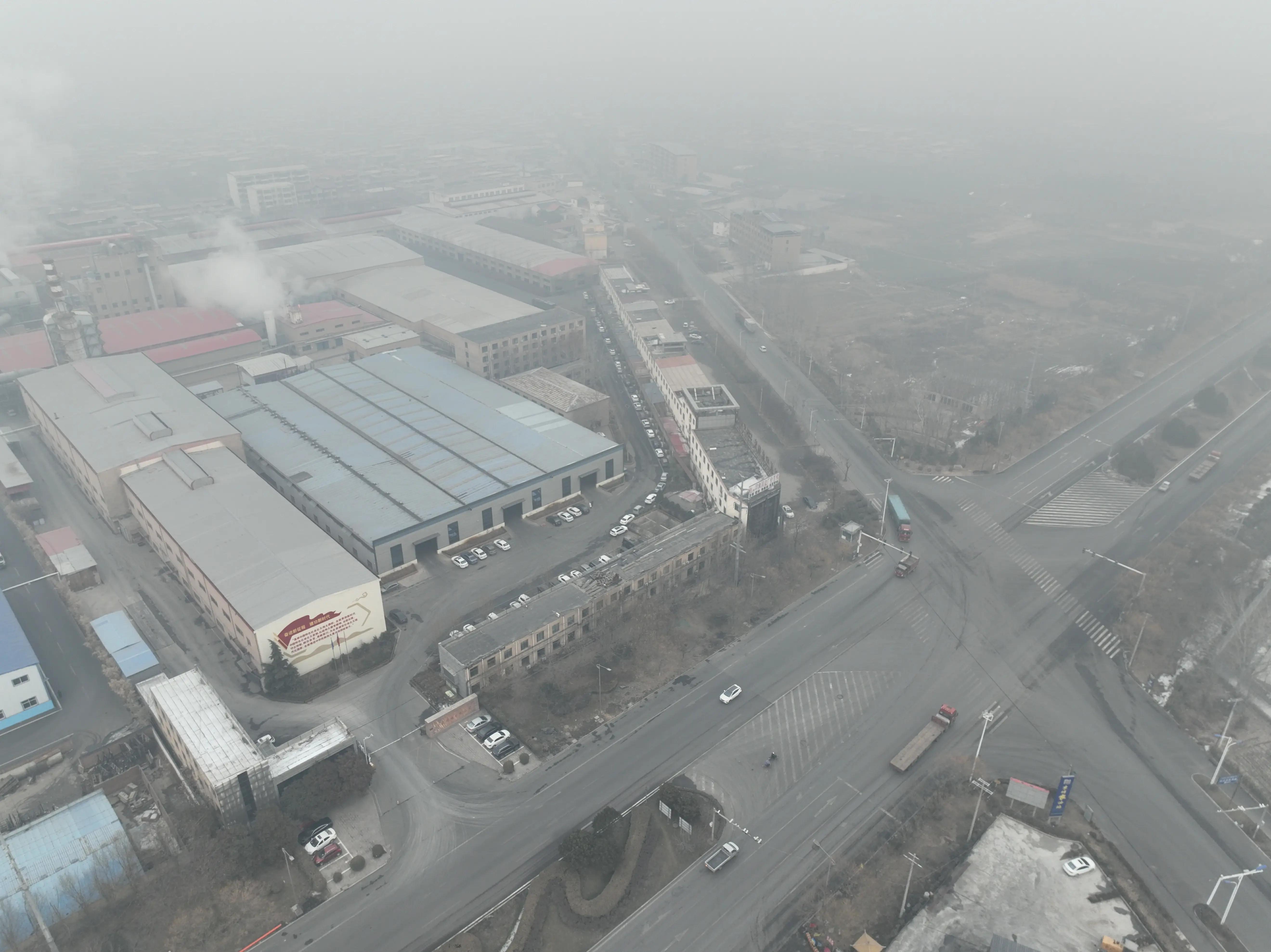

The Benefits of Green Tempered Glass A Sustainable Choice
In recent years, the construction and architectural industries have seen a significant shift toward sustainable materials that benefit both the environment and the aesthetic appeal of buildings. One such material gaining popularity is green tempered glass. This innovative product not only enhances the beauty of structures but also provides numerous advantages in terms of energy efficiency, safety, and environmental sustainability.
Understanding Green Tempered Glass
Green tempered glass is a type of glass that is subjected to a special heating and cooling process, known as tempering, which increases its strength and durability. The term “green” refers to the glass's inherent color, created by iron oxide during the manufacturing process. This subtle green tint is often appreciated for its natural aesthetics, lending a soft, inviting hue to modern architecture. Green tempered glass is commonly used in windows, facades, and interior partitions, offering a stylish option for various design themes.
Energy Efficiency
One of the most significant benefits of green tempered glass is its energy efficiency. This type of glass can reduce heat gain and loss through windows, making buildings more energy-efficient. During the summer months, green tempered glass reflects a significant portion of solar heat, helping to keep indoor spaces cooler without relying heavily on air conditioning. Conversely, during colder months, it can help retain heat indoors, reducing heating costs. This dual action of insulation and reflection helps create a more comfortable living environment while lowering energy bills.
Safety and Durability

Tempered glass is known for its safety features. The tempering process enhances its strength, making it much less likely to shatter compared to standard glass. In the event that it does break, tempered glass shatters into small, blunt pieces rather than sharp shards, reducing the risk of injury. This characteristic is especially important in high-traffic areas or structures with large glass panels.
Moreover, green tempered glass is resistant to weather-related elements, such as extreme temperatures and harsh winds, making it an ideal choice for building facades and windows. Its durability ensures that it can withstand environmental stressors while maintaining its integrity and aesthetic appeal over time.
Environmental Impact
Using green tempered glass is not only beneficial for building occupants but also for the environment. The manufacturing process of glass has evolved to become more eco-friendly, with advancements in production techniques that reduce waste and energy consumption. Many glass manufacturers prioritize sustainable practices, utilizing recycled materials in their products and minimizing the carbon footprint associated with production.
Furthermore, the energy efficiency of green tempered glass contributes to lower greenhouse gas emissions by reducing reliance on heating and cooling systems. By incorporating green tempered glass into building designs, architects and developers can create structures that support sustainable living, promoting a healthier planet for future generations.
Conclusion
Green tempered glass stands as a testament to the modern pursuit of sustainability in construction and design. Its energy-efficient properties, combined with safety features and durable nature, make it an exemplary choice for architects looking to enhance both functionality and aesthetics. As the world increasingly prioritizes environmental responsibility, materials like green tempered glass pave the way for sustainable architecture, ensuring that beauty and efficiency can coexist harmoniously in our built environments. Embracing such innovative materials not only enhances our spaces but also contributes positively to the health of our planet.